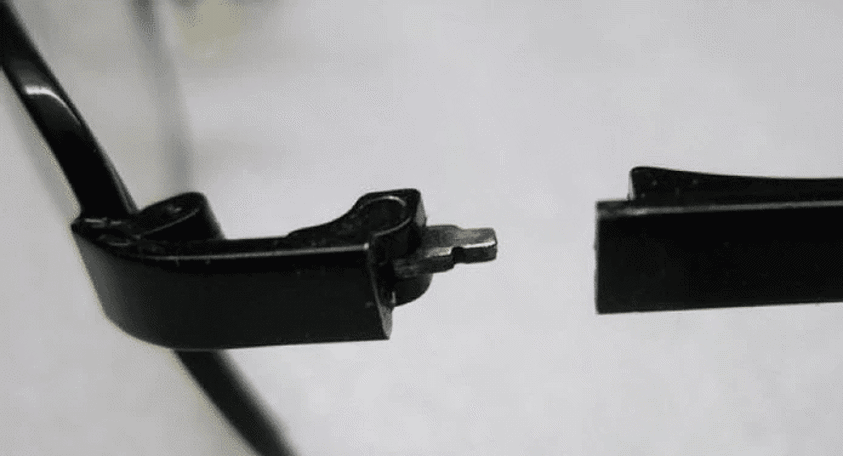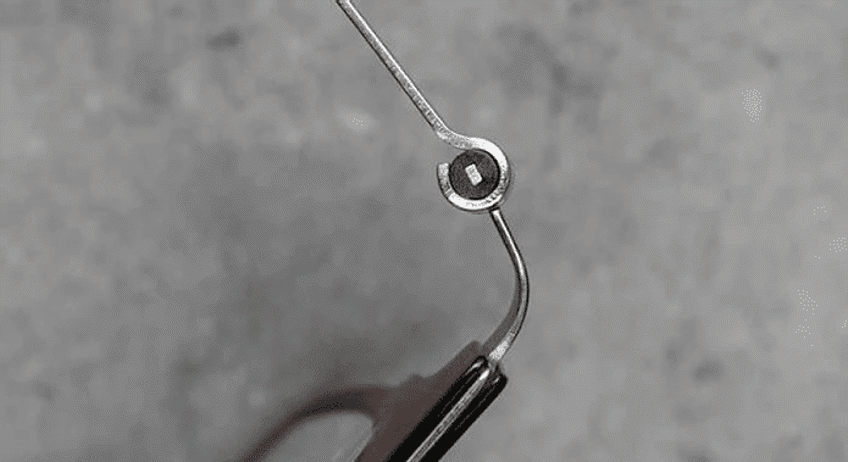What is the spring?
These are commonly found on mass produced designer frames eg. Rayban, Marc Jacobs, Hugo Boss. It is constructed on the joint – connecting the frame front to the frame sides, the side holds the spring within the joint. Sprung hinges are simply the ability to have a lax on the frame, a subtle flex on the frame jointsfrom the front to the sides.
Who invented the spring hinge?
A chap named Donald L. Gilman from Cincinnati, Ohio, USA in 1971.
His intention was to invent something inexpensive but useful through the ages. The ideal way to put on any eye wear is with two hands, for those one handers out there, you are risking forcing the frames out of shape where you will then complain your spectacles are too big. The spring allows an open and retract motion so you can put them on with ease and I know I am the worst for this, but glasses on your head! I am a female with relatively long hair, i kid you not, specs or sunglasses on my head is the most perfect headband, always keeping the hair out of the face, especially because I am a bit of a show off when it comes to my sunglass collection and sporting them on my head is still a fashion statement especially in today’s age with flash mirrors being a huge trend (more to come on that).
Now i have never been a fan of spring hinges, the concept yes is great but it is still a cheap andminimally improved design. This is design is over 40 years old!!
I have been working with eyewear for 12 years in various ways, most typically the first thing to break on a frame whether it be spectacles or sunglasses is always this dreaded spring hinge which completely depreciates the value of the frame and that is because the spring eventually loses its solder, loosens up through wear and tear till the side is completely apart from the front of the frame.

Have you had this issue?
Most brands offer a one year warranty after purchase so if it is within that time period then no
doubt your optician will replace the frame at no charge.
Out of the warranty period?
Then you will have to order and pay for a new pair of sides, yes a pair because most frame manufacturers will not supply one side on its own ( and it is usually the case where one side will break but at least you have the other side if the other one goes!).
Too pricey?
The most inexpensive option would be to have the parts solder back together however this could potentially be a waste of investment as it offers no warranty, no aftercare and the length of time could be anything from 1 hour to years.
My advice?
Invest in a brand which offers more modern and clever design techniques which will leave you happy and never in disappointment like our friends over at Lindberg They keep it minimalistic with removing screws and springs and replacing them with a very clever mechanism using both titanium and plastic using rotations.

Opinions within this article have been provided by Sinita ( Dispensing Optician ) from Eyelink Opticians in London





